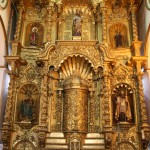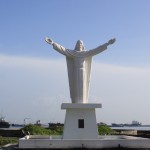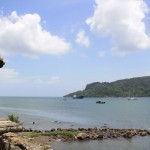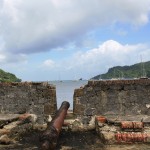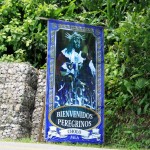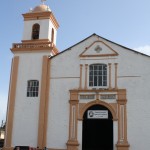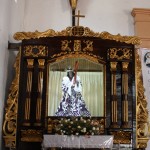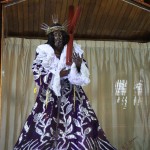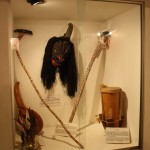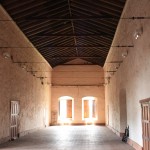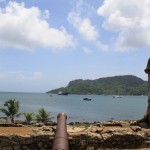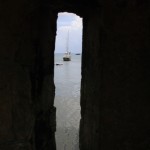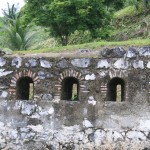Now, lest you for a minute think that Panama is either Anglican or Anglophone, let’s be real clear about the history and dominant culture of this country. The first Europeans to arrive here were Spanish, and as we Europeans tend to do, they moved in and took over. Panama was strategic because it’s narrow breadth allowed relatively easy passage for treasures from places like Peru to come across to the Atlantic and thence to Spain. In fact, Panama was the first Spanish holding in the Americas to be organized into an administrative district. The idea of Panama has been around for a long time.
And the church has been in Panama for quite some time as well. (By “church” we’re talking the Roman Catholic church primarily, of course.) The Roman church was not only the established church of the empire, it is the official religion of the country to this day. Yet it has not simply imported a set of European values and cultural markers and impressed them on Panama. The people of Panama have shaped the practice of Christianity in the area as well.
The most obvious manifestation of this give and take is the special place that Jesus Nazareno, the Black Christ, occupies in the lives of the people. This depiction of Jesus is especially powerful because he is shown in the moment of his greatest suffering, as he is proceeding toward Calvary and carrying his cross. For people who have endured many hardships, this image reminds them of Christ’s solidarity in their suffering. Likewise, a dark skinned Jesus looks more like the people who are being asked to believe that he suffered with them. Given that many depictions of Christ coming out of Europe show his skin to be quite pale, this image stands out as a reminder that black people matter to God.
And it might have been easy for these folks to feel as if they had been forgotten much of the time. Ships would show up for a few weeks once or twice each year. The streets would be jammed with traders, sailors, and people looking to take advantage of both. It would seem like this is the time when Portobelo would come alive, but what about the rest of the year? In some ways the long months in between the arrival of ships would seem like the time when this beautiful port would really live, forgotten as they may have been by everyone except Christo Negro.
